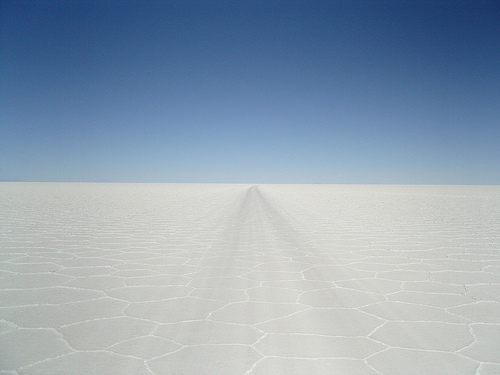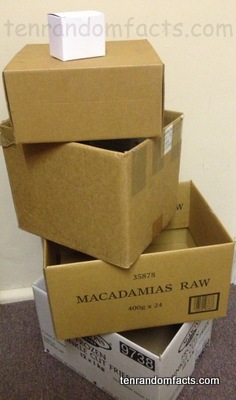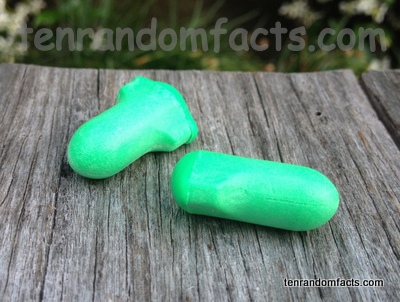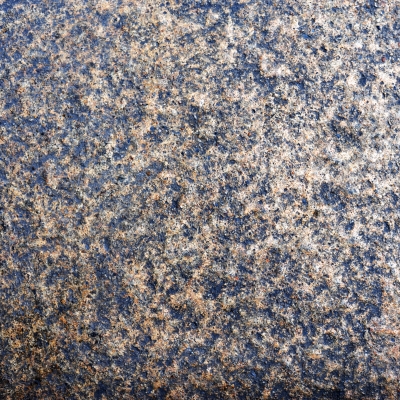
Salt, salt and more salt at Salar de Uyuni.
- Salar de Uyuni is also known as Salar de Tunupa which can be translated from Spanish as ‘salt flat enclosure’.
- Salar de Uyuni is the world’s biggest salt flat with a measurement of 10,582 km squared (4,086 miles squared), which can be found in Bolivia, South America.
- Salar de Uyuni has a salt crust that ranges between a few centimetres up to 10 metres (32 feet) thick, that covers the area of a salt water lake that ranges from 2 to 20 meters (7-66 feet) in depth.
- Salar de Uyuni contains a large amount of chemical metals including sodium, magnesium, potassium, and 50 to 70% of the world’s lithium resource that is extracted to make batteries.
- Salar de Uyuni has little wildlife, but has 80 species of visiting and migrating birds, including three species of flamingos, as well as a few islands, where the main foliage is cacti, as well as hot springs and geysers.
Salar de Uyuni
Image courtesy of Ronan Crowley/Flickr
- Whilst some salt is extracted from Salar de Uyuni, it is estimated that the flat contains 10 billion tonnes (11 billion tons) of salt.
- Salar de Uyuni has a train cemetery, where trains were used in mining industries until 1940, and this has become one of the most popular attractions on the salt flat.
- Salar de Uyuni was originally believed to be completely flat, and can make photographs look distorted, but GPSs have shown it has some tiny undulations in the surface.
- Salar de Uyuni is sometimes covered in clear water, making the salt flat also the largest natural mirror.
- NASA uses Salar de Uyuni, since it is unmoving and easily spottable, to figure the positioning of NASA’s satellite.
Bibliography:
Salar de Uyuni, 2013, Wikipedia, <http://en.wikipedia.org/wiki/Salar_de_Uyuni>
Salar de Uyuni Facts, 2011, Travel Unearthed, <http://www.travelunearthed.com/salar-de-uyuni-facts>






















